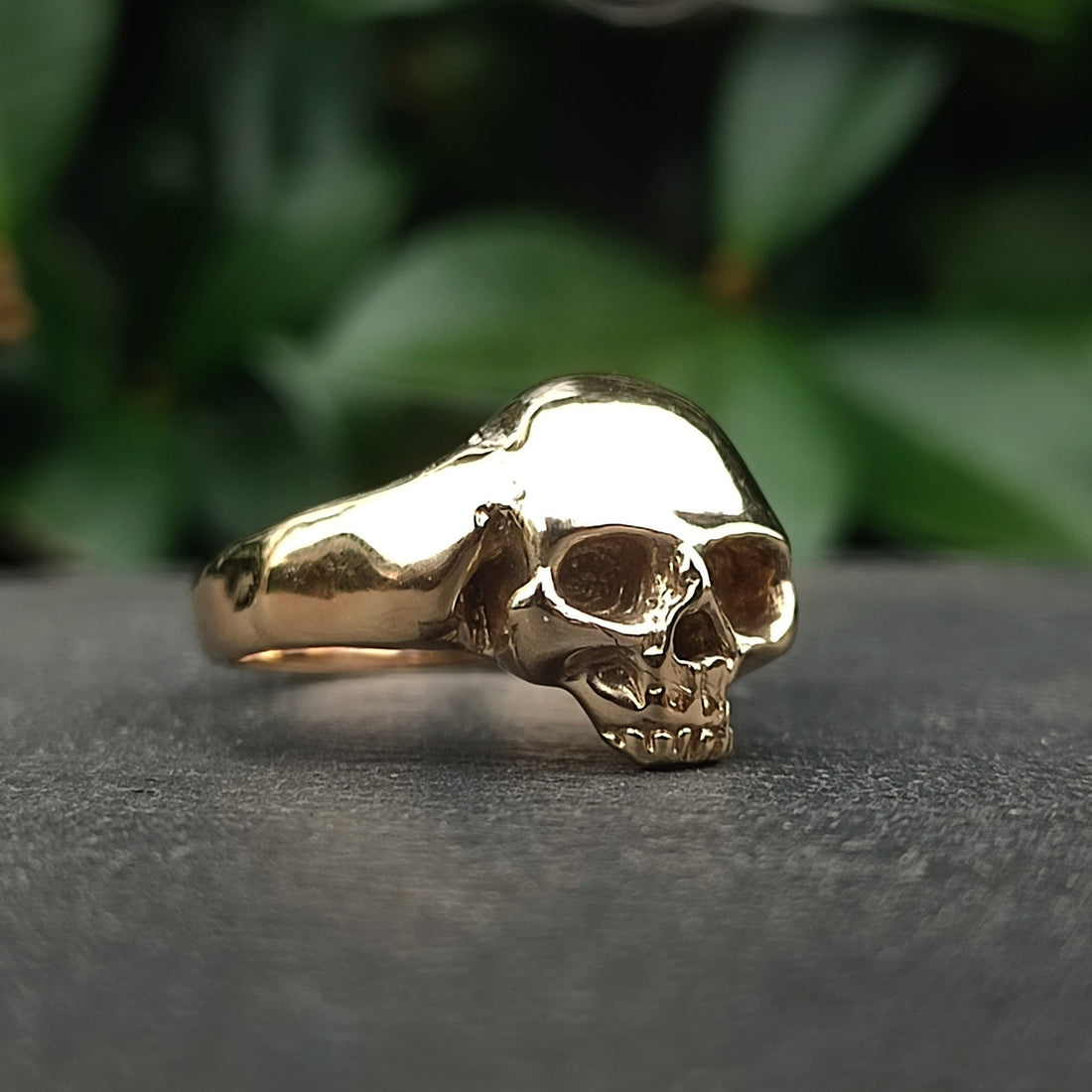Is It Worth Investing in Gold Jewellery?
Gold jewellery holds enduring appeal for its intrinsic metal value and timeless beauty, but it isn’t typically the most profitable investment. While the price of gold itself has grown steadily over decades, the design and craftsmanship mark-ups on jewellery mean resale values often fall below purchase cost. For most people, gold jewellery is best seen as a meaningful, wearable store of value — not a vehicle for short-term financial gain.
Understanding Gold Jewellery as an Investment
Gold has long been viewed as a trusted store of value and a symbol of enduring wealth. In the early 1970s, gold traded around £15 per ounce ($35). By 2024, it averaged between £1,500 and £1,600 per ounce ($1,900–$2,000) — an extraordinary hundredfold increase over fifty years. This history cements gold’s reputation for stability and long-term purchasing power.
Gold jewellery, in particular, combines aesthetic pleasure with tangible value. A finely crafted gold piece can be worn, cherished, and even passed down through generations — something no paper investment can replicate. Its global recognition and intrinsic worth make it an attractive option for those seeking both beauty and security.
However, treating gold jewellery as an investment requires nuance. Unlike bullion or gold ETFs, jewellery carries significant design and craftsmanship costs, which do not always translate into resale value. The buyer pays for artistry, not just the metal.

Pros and Cons of Investing in Gold Jewellery
Advantages:
Tangible and portable: Gold is a physical asset that can be easily stored or transported.
Global recognition: Gold is accepted almost everywhere, making it one of the most liquid tangible assets.
Long-term hedge: It often performs well during inflation or currency declines.
Wearable wealth: Unlike coins or bars, gold jewellery lets you enjoy what you own.
Drawbacks:
High mark-ups: Retail jewellery prices include design, labour, and brand premiums — meaning resale values often fall short of purchase cost.
Liquidity limits: Selling jewellery for its metal value can be slow and may involve refining or assay costs.
Storage and security: Physical gold requires safekeeping, which can add expense.
Opportunity cost: Over certain decades, stocks or property have outperformed gold in total return.
For most buyers, these factors mean gold jewellery should be viewed as a luxury purchase with partial intrinsic value, not as a direct financial investment.
Gold Jewellery vs. Other Investment Options
Gold jewellery occupies a unique middle ground between consumption and investment. Unlike stocks or bonds, it is tangible and emotionally significant — you can wear it, gift it, or keep it as an heirloom. Compared with real estate, it requires far less capital and offers immediate portability.
That said, its return profile differs from other asset classes. Over time, the metal content (18k or 22k gold) holds value, but the design premium may not. Investors seeking exposure to gold’s price movements might find bullion, coins, or gold-backed funds more efficient, while jewellery appeals to those who appreciate craftsmanship and sentiment alongside material worth.

Practical Considerations for Gold Jewellery Buyers
1. Prioritise purity and certification
For long-term value retention, choose hallmarked 18k–22k gold jewellery. These purer alloys ensure most of the piece’s value lies in its metal content rather than design. Lower-karat or gold-plated pieces, while beautiful, have less intrinsic worth.
2. Understand pricing and mark-up
Jewellery prices include retailer overheads, craftsmanship, and artistic design. Two pieces with identical gold weights may have very different retail prices. When gold prices rise, this mark-up means the resale value rarely matches the initial purchase price.
3. Consider sustainability and origin
Ethically sourced or recycled gold jewellery offers additional value for conscientious buyers. Investing in sustainable craftsmanship supports artisans and reduces environmental impact — a more meaningful form of “investment” in many respects.
4. Think long term
Gold prices can fluctuate sharply in the short term. Jewellery, being less liquid, is better suited as a long-term holding — a family asset or keepsake rather than a speculative trade.
5. Monitor the wider market
Gold’s price responds to inflation, currency shifts, and geopolitical events. Staying aware of these trends helps you understand when to buy or add to your collection, even if resale is not your main goal.
So, Is It Worth Investing in Gold Jewellery?
In truth, gold jewellery is not the most efficient investment, even though gold itself has performed impressively over time. The craftsmanship, artistry, and retail mark-ups mean that most jewellery does not appreciate at the same pace as the underlying metal.
That said, buying gold jewellery can still make sense when viewed as a store of beauty, sentiment, and intrinsic material value rather than a profit-driven asset. For those who appreciate design and heritage, it offers emotional and cultural returns that go beyond simple financial gain.
If you love the artistry, trust the craftsmanship, and value sustainability, then owning gold jewellery remains a meaningful way to hold a small share of one of history’s most enduring metals — not necessarily to make money, but to invest in something lasting.
References:
World Gold Council, Gold Demand Trends Report 2024
LBMA, Historical Gold Data 1970–2024
Bloomberg Intelligence, Gold Price Forecast 2025–2030
World Bank, Commodity Markets Outlook 2024

